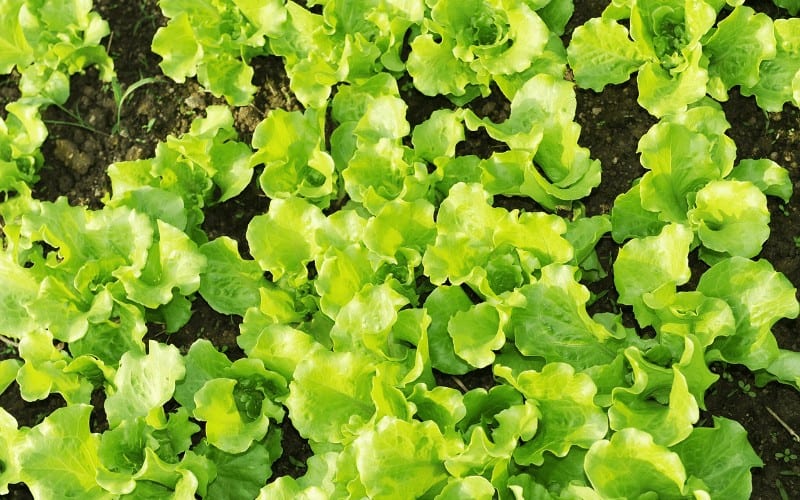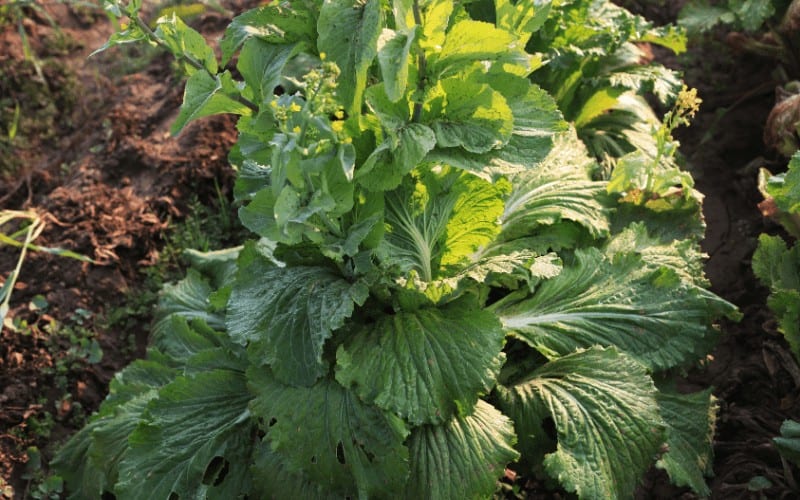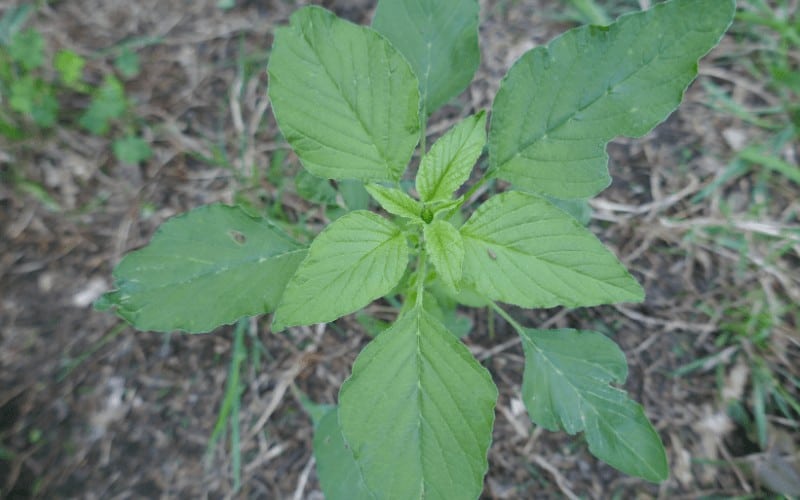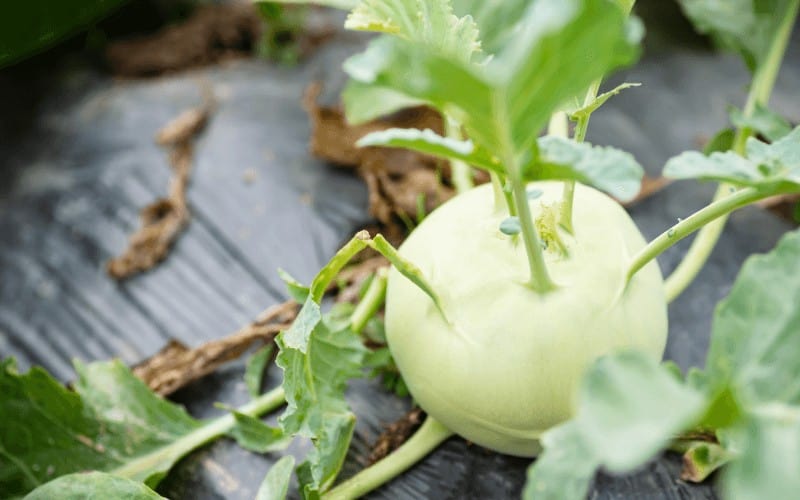Beets are a class of plants that usually have swollen edible roots. They are cultivated as a food crop. Companion planting is a system of growing over one type of plant in the same field, and we will be focusing on the best beets companion plants today.
Not all plants will do well when planted close to incompatible plants, especially beets. Beets companion planting has existed for many years.
It combined two or more crops to the mutual benefit of one or two of them. If you do not know the different plants suitable to combine beets, this article will guide you.
Table of Contents
Beets Companion Plants
Here are some suitable beet companion plants you can grow together:
1. Beans

Bush beans, soybeans, and butter beans will all do well when planted with beets. They enrich the soil with nitrogen and nutrients.
However, pole beans will stunt the growth of your beets if companion planting is done.
2. Lettuce

Because of its shorter growth rate, lettuce is a splendid companion for beets. Because of its shallow roots, lettuce will help to fill open spaces of your garden without disturbing other root plants.
3. Cabbages

If you are looking for the best companion plants for beets, any member of the cabbage family will be a brilliant choice for you.
Growing beets close to cruciferous vegetables such as cauliflower, broccoli, kale, Brussels sprouts, helps to enrich the soil and ultimately improve the quality of your brassicas.
4. Onions

Onions are a great beet companion plant along with shallots, garlic, and sleek. They help improve beet growth and flavor.
Because of its nature and smell, it can a natural deterrent for some garden pests like aphids and sugar beet-flea beetles. It can also repel rodents like rabbits, squirrels, or even deers.
5. Catnip

Catnip is an effective pest repellant to several non-beneficial insects such as Colorado potato beetles, flea beetles, squash bugs, and Japanese beetles.
If not properly planted, catnip can grow out of control when their seeds spread. So, you ensure that you strategically plant beets among catnip.
Catnip is also known to be a powerful tool against voles and mice, which like to feast on beet greens.
6. Radishes

Fast sprouting radishes are helpful for your beet plant. They are beneficial plants to grow to help loosen up the soil for your beets, especially in dense soil is radishes.
7. Sweet Alyssum

Sweet alyssum is a flower and can pass as a beet companion plant. Other flowers that are suitable beets companion plants include marigold, nasturtium, cosmos, etc.
8. Mint

Mint can also be a good beets companion plant if planted correctly with beets. It serves two purposes - it improves the flavor of cabbage and a companion plant for beets. It is known for its climbing nature as it can mulch around beets just to prevent pests.
Note: do not grow mint in the ground too close to beets because of its invasive nature, which can disturb the growth of beets. Thyme, hyssop, rosemary, and other varieties of mint with powerful scent are also fit companions of beets.
Chards can also be planted along with side beets as they are known to be a good companion of beets
9. Kohlrabi

Kohlrabi is yet another good beets companion plant that you grow in your garden. It is a member of the cabbage family and it is easy to grow.
Propagation of the kohlrabi plant is done in cool weather during fall. First plant them indoors and after four to six weeks you can then transplant them outdoors.
Other companion plants for beets that you should know include:
- Leeks
- Summer savory
- Scallions
- Peas
- Boage
- Celery
- Brussel sprout
- Swiss Chard
- Butter beans
- Kale
How to Propagate Beet Plants
Beets are often one of the easiest root crops to grow in rural areas, and including urban. They do not need transplanting, staking, or trimming.
Steps to take to achieve successful propagation of beets companion plants:
- Keep soil always moist during germination Plant the seeds. You will not achieve much success if you try to transplant Soak seeds in water overnight. It will help soften their outer shell for easy germination Cover seeds with mulch until you see them sprouting. It will help retain soil moisture.
- During fall planting, sow beet seeds for about a month before the first frost Use nitrogen-rich fertilizer
Are beets companion plants beneficial to the plant?
Beets companion plants are either used to help the plant to grow or will do better when planted beside a particular crop.
Here are some benefits of these plants to beets:
- They are used to attract beneficial insects
- They repel insect pests
- They help encourage faster growth or better taste
- Beets companion plants serve as markers
- They provide necessary shade for other plants
- They are used as ground cover
- They help improve soil nutrients
Related Articles:
- Companion Plants For Cantaloupe
- Best Turnip Companion Plants
- Blue Star Creeper Companion Plants
- Companion Plants for Pumpkin
- Sweet Potato Companion Plants
Conclusion | Companion Plants For Beet
There are quite a several beets companion plants available across the world however, only a few of them were considered in this article. Most beets do well in cooler temperatures of spring and fall.
So, when considering what season to plant beets, it is in fall. Ensure you do not plant them under trees so that they do not run into tree roots as they grow. When inter-plating them, ensure they have a similar nutrient requirement, soil, and water needs.
Plant in soil pH of 6.0 to 6.8 Beets is susceptible to attacks of wireworms, cutworms, and root maggots.




